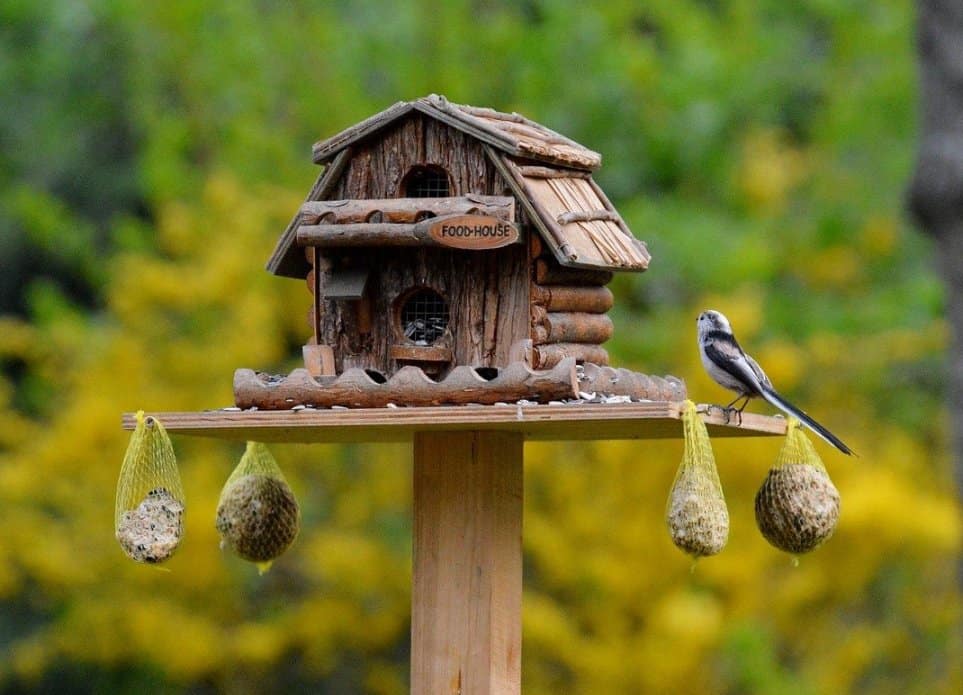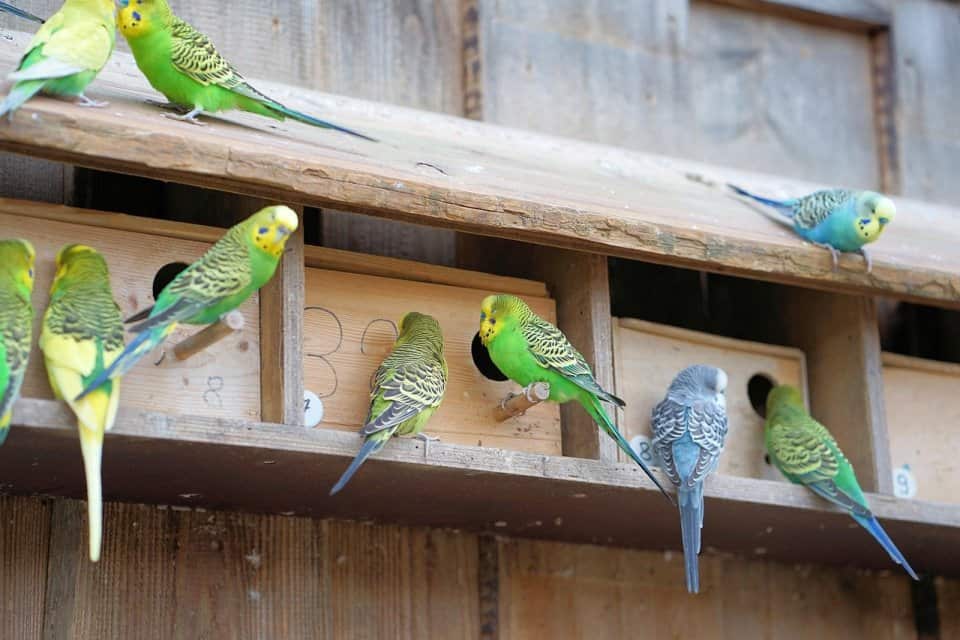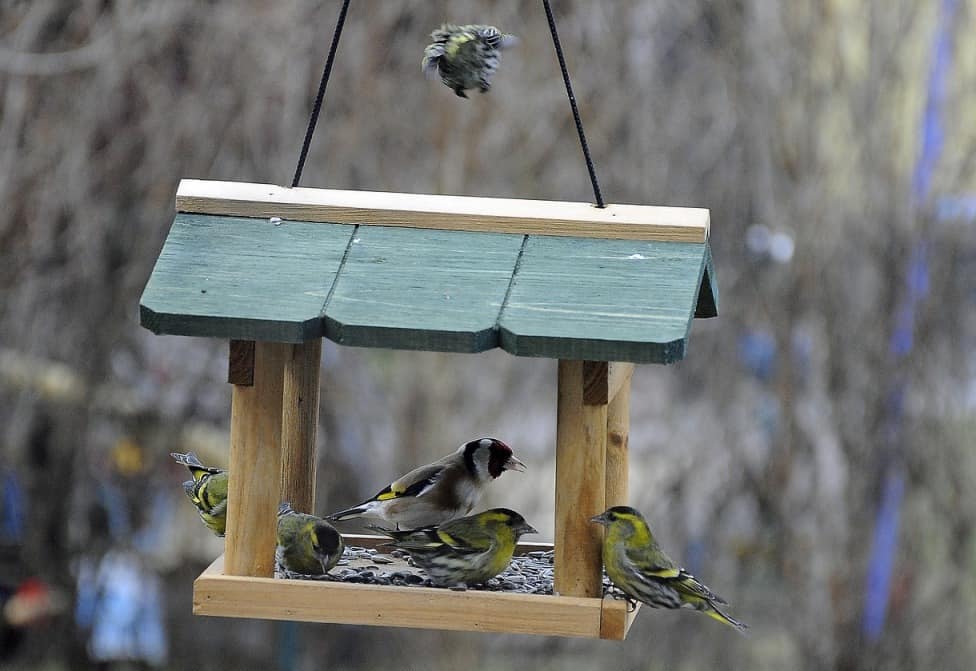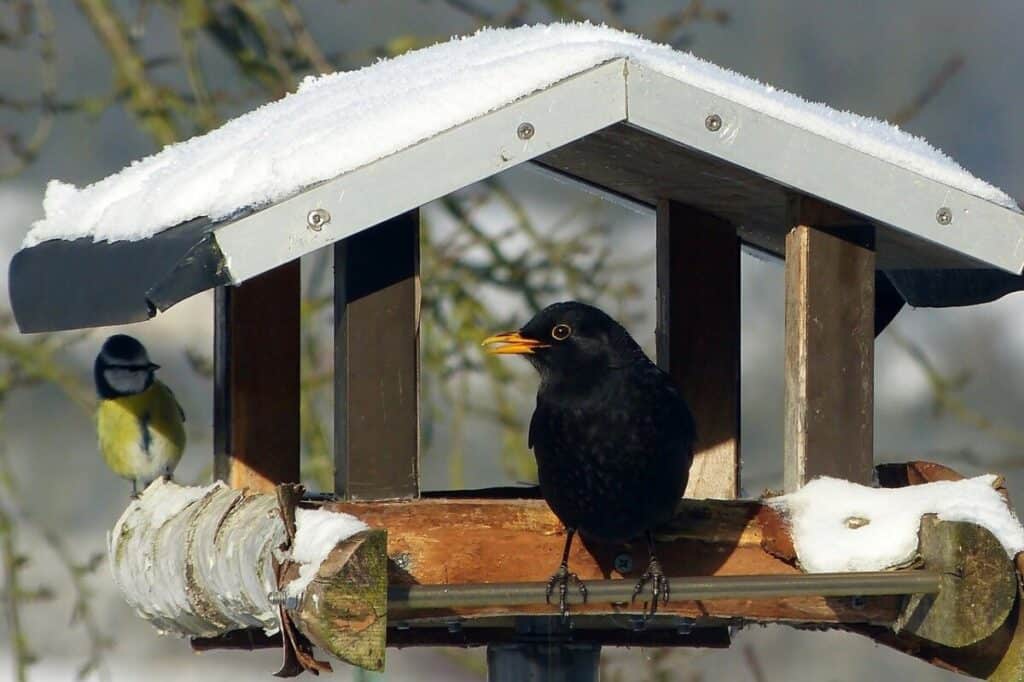
The craze of having birds as a companion pet has been dynamically growing large. Many pet owners are aspiring to have a different kind of species together in an aviary.
But before doing that, there are few things to know by pet owners, and successful combinations require specific arrangements and few exceptions.
One cannot merely introduce two different birds in one aviary, depending on their habitat, size of the bird, space provided, aggressiveness, and socialistic nature.
We hope this article will definitely help you to get the answer you are searching for.
Table of Contents
What birds can live together in an aviary?
Canaries, parrots, finches, budgerigars, and cockatiels are the most common domestic birds and social in character.
So, these birds are very quick and often chosen species likely to grow together in an aviary.

Below is the list of successful combinations of birds:
These birds are generally ready to accept new friends when combined in an aviary, and you can grow them together with fewer problems.
- Avadavats (red and green)
- Black-cheeked waxbill
- Black-rumped waxbill (Red-eared waxbill)
- Blue-breasted parrot-finch
- Blue-faced parrot finch
- Bronze-winged Mannikin
- Button quail
- Chestnut munia
- Chestnut-breasted finch/Mannikin/Munia
- Common waxbill
- Cordon bleu waxbills
- Gold breasted waxbill
- Gray-headed munia
- Green twin spots
- Lady Gouldian finch
- Mannikins, Munia, Nuns
- Masked firefinch
- Orange cheeked waxbill
- Owl Finch
- Painted finch
- Pearl-headed silverbell
- Pictorella finch/Mannikin
- Pin-tailed parrot-finch
These birds are good to combine, but they need their own private space, which means the aviary must be a bit large. There is some potential to fight among themselves, so you need to have an eye on them.
- Aurora finch
- Dark firefinch
- European goldfinch
- Green singing finch
- Lavender finch
- Orange-winged pytilia (do not mix with melba finches)
- Purple grenadier (do not mix with cordon bleus or violet eared waxbills)
- Shaft-tail Finch (Long-tailed or heck’s Grass finch) – (do not mix with parsons or Masked Grass finch)
- Zebra finch
- Whydahs

These birds can be kept together but require a vast space and should have the same sized neighbors to neutralize their aggressiveness tendency. Always observe these birds to avoid rivalries.
- Cutthroat finch (do not mix with waxbills)
- Diamond firetail finch (do not mix with other Australian finches)
- Gray singing finch
- Java sparrow/Finch
- Melba finch (do not mix with other Pytilias or finches with red masks)
- Saffron Finch
- Weavers
Important considerations and about other combinations:
- Not more than two birds such as saffron, finches, weavers should be kept to each foot of the aviary
- Ribbon finches, saffron finches, diamond sparrows, small weavers, budgerigars, love birds, pied grass finches, java sparrows, nonpareils, and indigo finches can be kept together but in a cold sheltered aviary
- Parrot companions should have birds either equal to their size or more significant than them because large parrots have a natural tendency of looking down to the small birds.
- Small parakeets such as cockatiels, red rumps, turquoises, rosellas, bourkes, pennants, rose cockatoos, small amazons, Carolinas, large cockatoos, parrots, cardinals, and nightingales can be kept together but remember that only one pair of each type must be included.
- For a beginner, species such as silver bills, blue-capped waxbills, or Gouldian finches are the best choices because of their peaceful nature.
- Mixing of hookbills and finches could be dangerous because of beaks possessing hookbills may poke onto finches and fight.
- The canaries hate being alone, so always raise in pairs, and its sociable character is advantageous to combine with other species
- Diamond doves can easily accept and adapt to the already existing populated aviary.

What are the specifications required for birds to live together in an aviary?
- Larger the space, fewer the problems for birds. There must be at least two feet distance among the birds, and 3-4 square feet of aviary floor space is much beneficial and appreciated.
- Decreased aggression is the benefit you could get by providing the right amount of space as competition for space will not exist.
- Do not ever try to combine peaceful species with aggressive species; instead, try to combine two species possessing captivity.
- Avoid keeping closely related birds in one aviary in order to give a wide berth to hybridization as they have identical preferences.
- A quarantine period for the birds before adding them to the existing aviary is mandatory so as to identify health issues in prior if any, and new birds get time to observe their neighbours and get used to each other.
- If at all you desire to have a combination irrespective of size and kinds, then smaller bird has to be added first to the aviary, and larger must be kept separately until the smaller gets settled and habituated to the place.
- Try to raise a plant cover, which could be like a partition that keeps birds secure and protected. Also, birds can hide to escape from the aggressors.
- If possible, Bird feeders and water for the birds should be kept separate from each other, and food should be given based on their habitat.
- Larger birds often try to be aggressive on shorter ones leading them to stressful conditions. So, introducing two birds of similar sizes into the aviary is preferred.
- Do not overcrowd the aviary by introducing a more significant number of species. Only two or three sorts of birds are recommended.
- During breeding time, keep the non-breeding bird away from its neighbor to avoid unnecessary rivalries because birds may become more aggressive or assertive while breeding.
What are the risks of placing different birds in one aviary?
- Some birds cannot easily accept new friends, might be or not from the same family; it does not matter; they may either get jealous or frightened of other.
- New combinations must always be supervised because there is potential for fight and injury due to their intolerant behaviour with each other.
- Existing birds can be stressful at first with the addition of a new one. So, search for the signs of behaviour such as chasing, hiding under plant cover, feather picking, food consumption, etc.
- Check with records of breeding results and life spans because overstressed birds can undergo breeding failures and shortened life spans.
- Birds having hookbills can cause danger with their beaks to neighbor birds, so don’t combine them with other birds.
- Daily monitoring is compulsory because some birds may be prone to have infections passing from new ones or from their food.
- Some birds are so beautiful and intelligent, but at the same time, they are very delicate and can not resist the new changes, so these should not be forced to combine and always recommended to leave them alone.
Bottom line:
We always recommend speaking with the breeders about their compatibility before adding them to the new or existing aviary.
Many successful bird combinations may not sometimes work because of some unnoticed reasons, so careful supervision of birds till they get established and habituated is compulsory.
